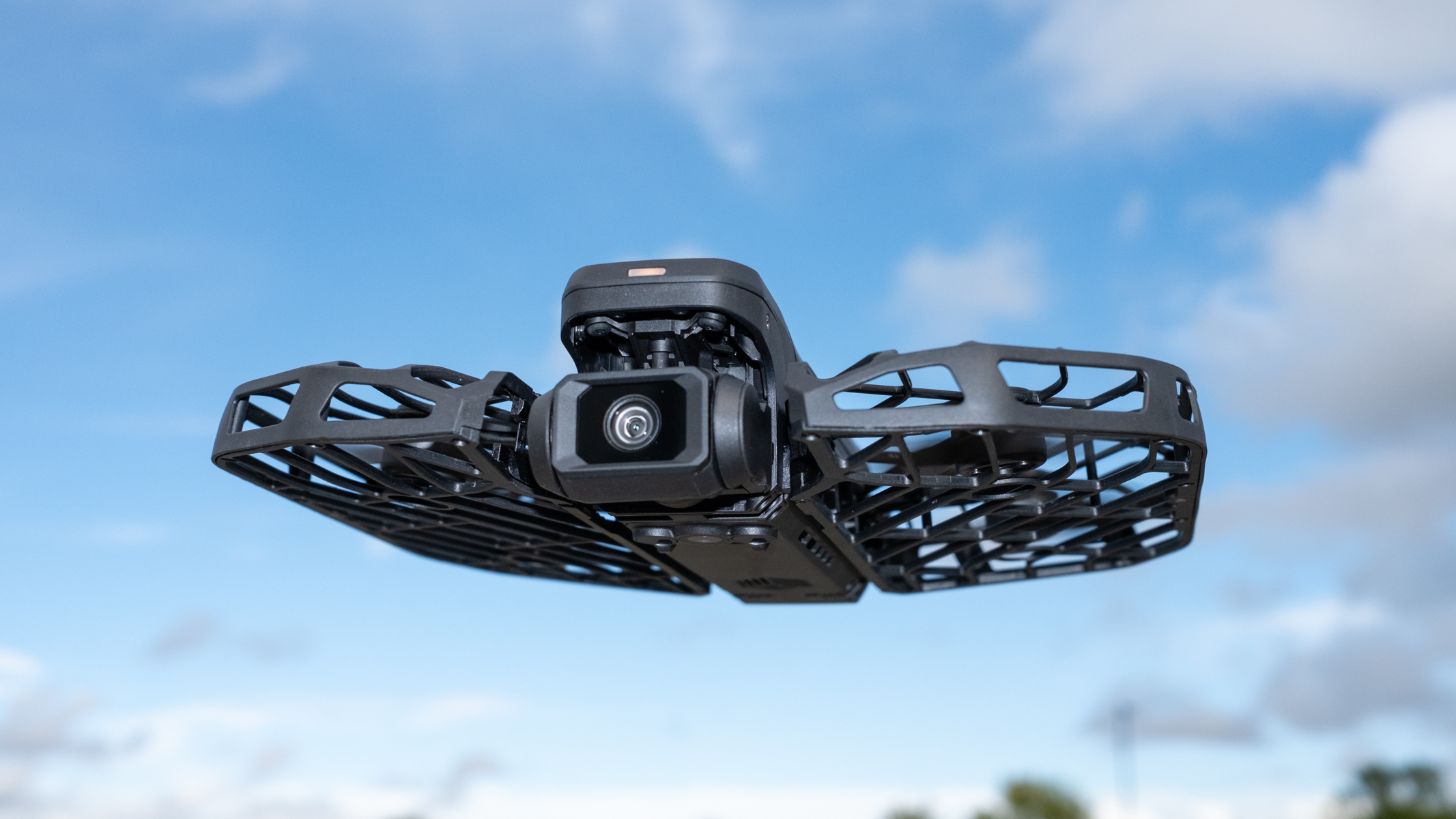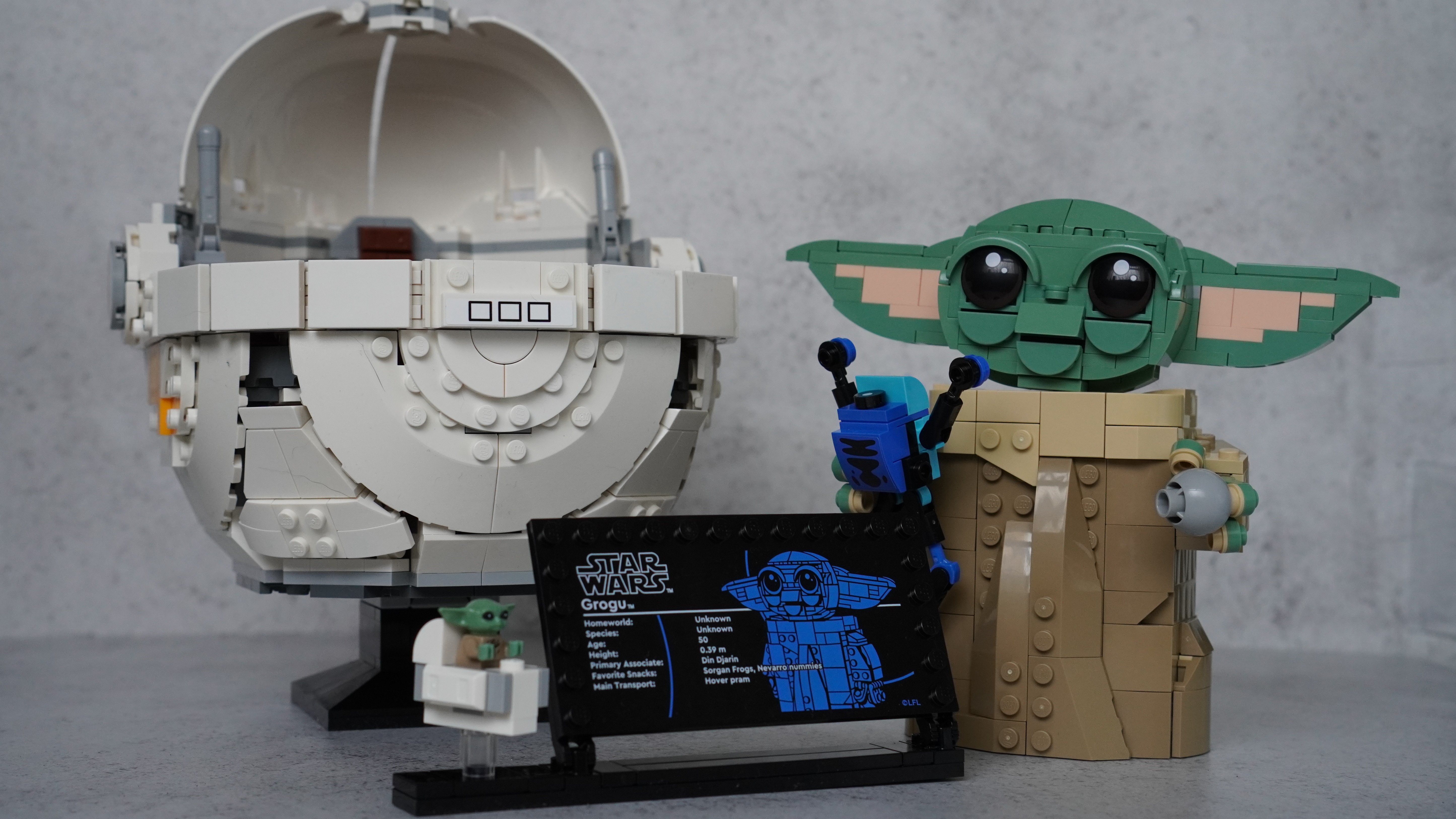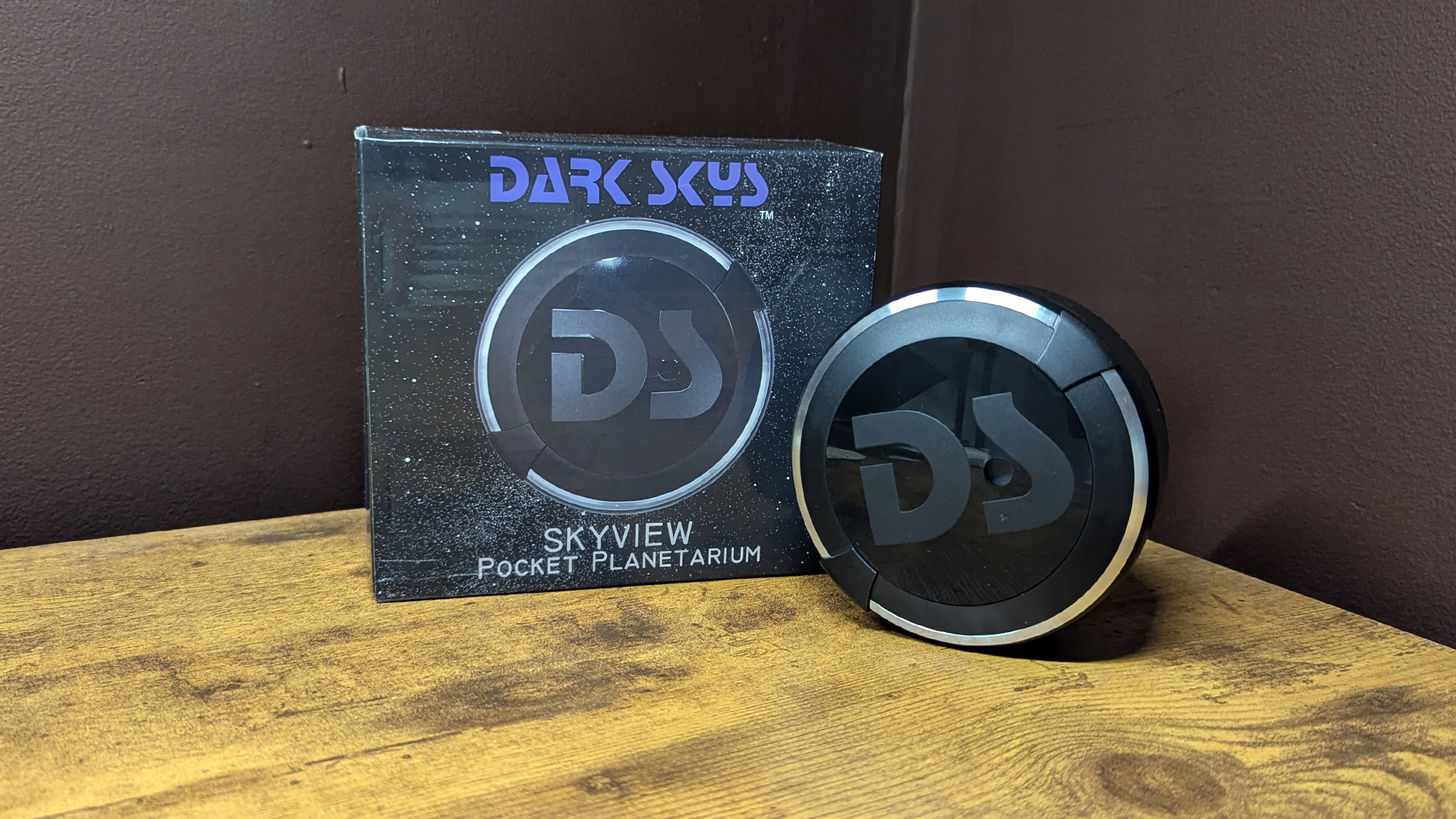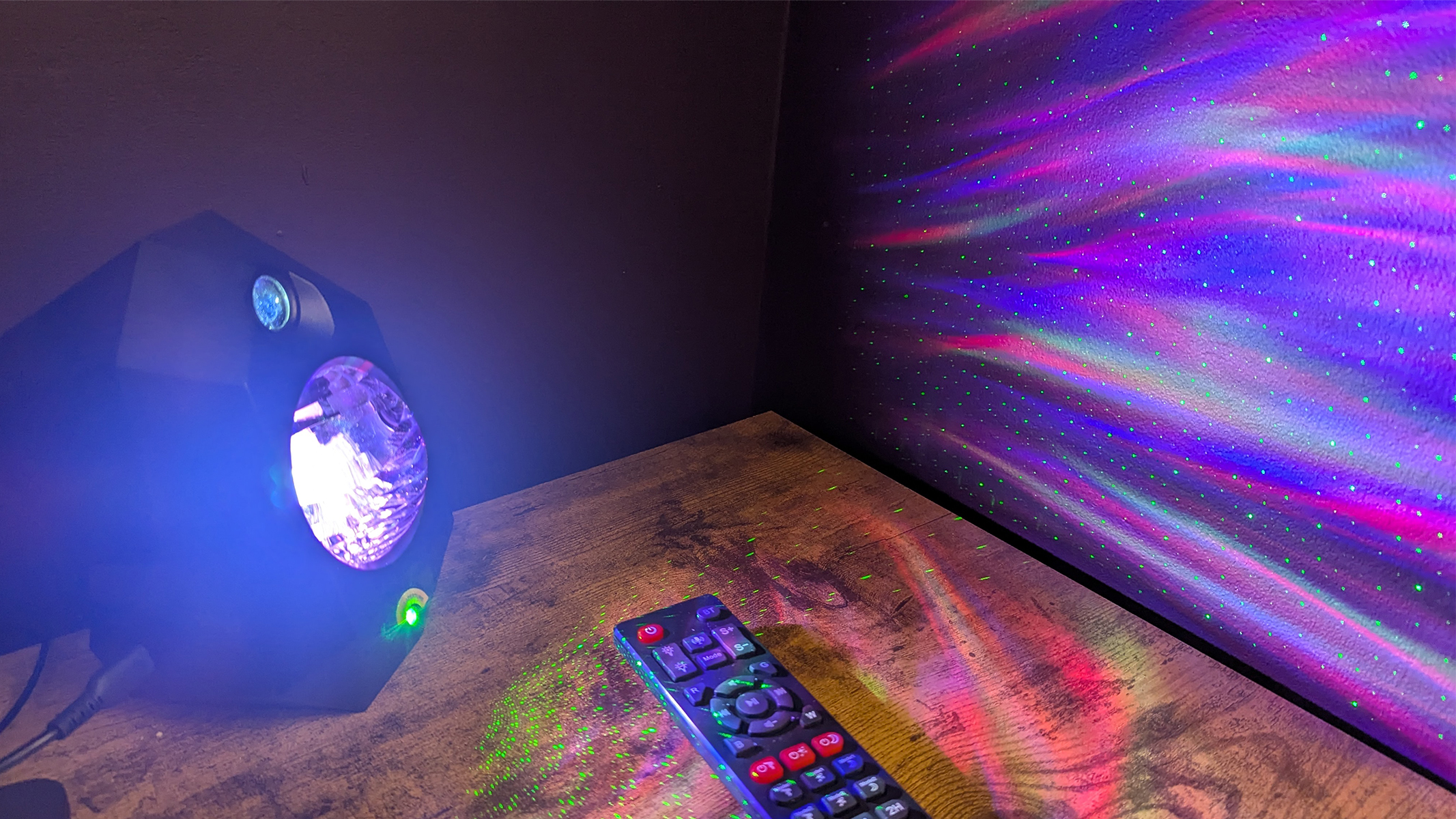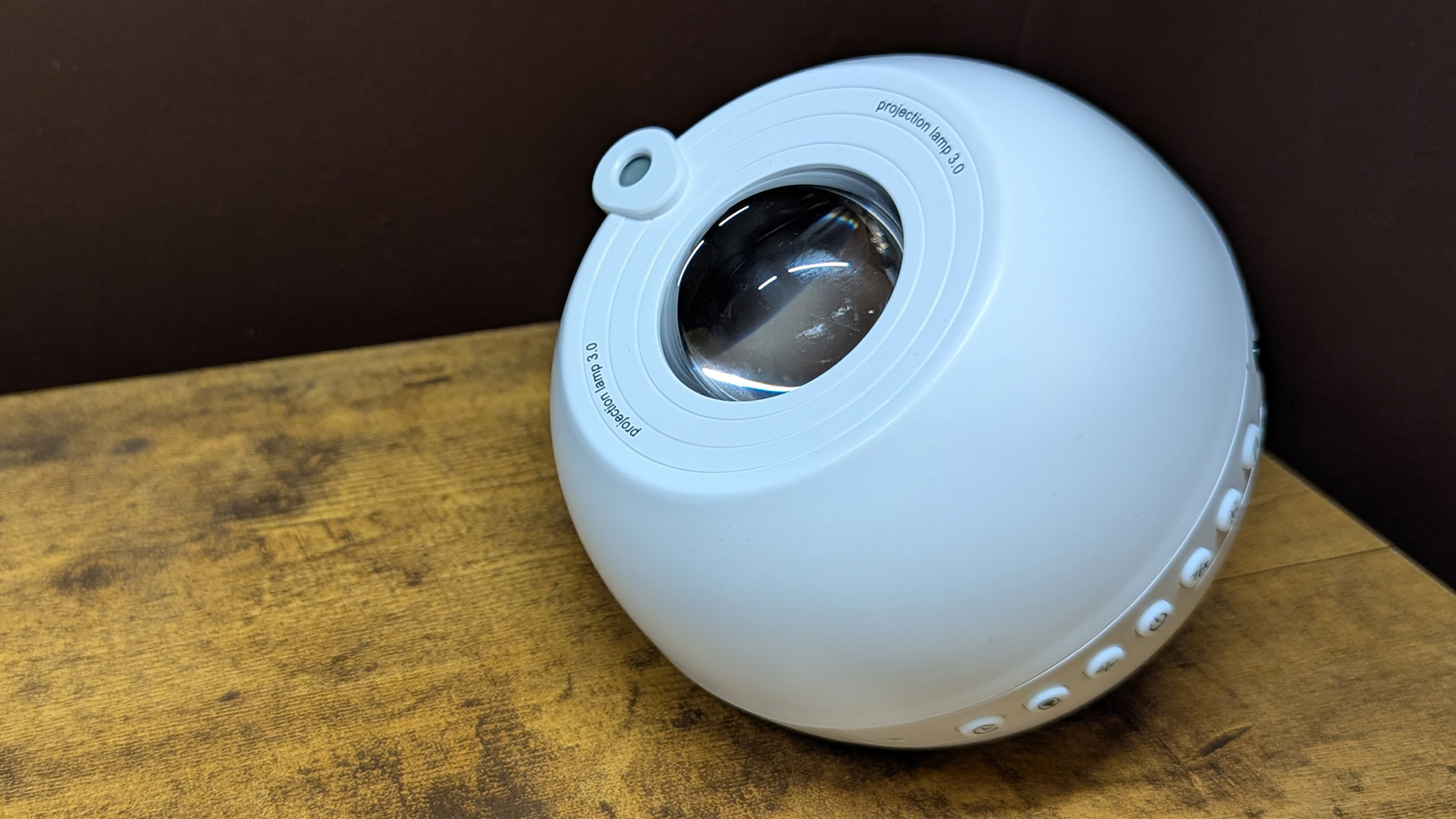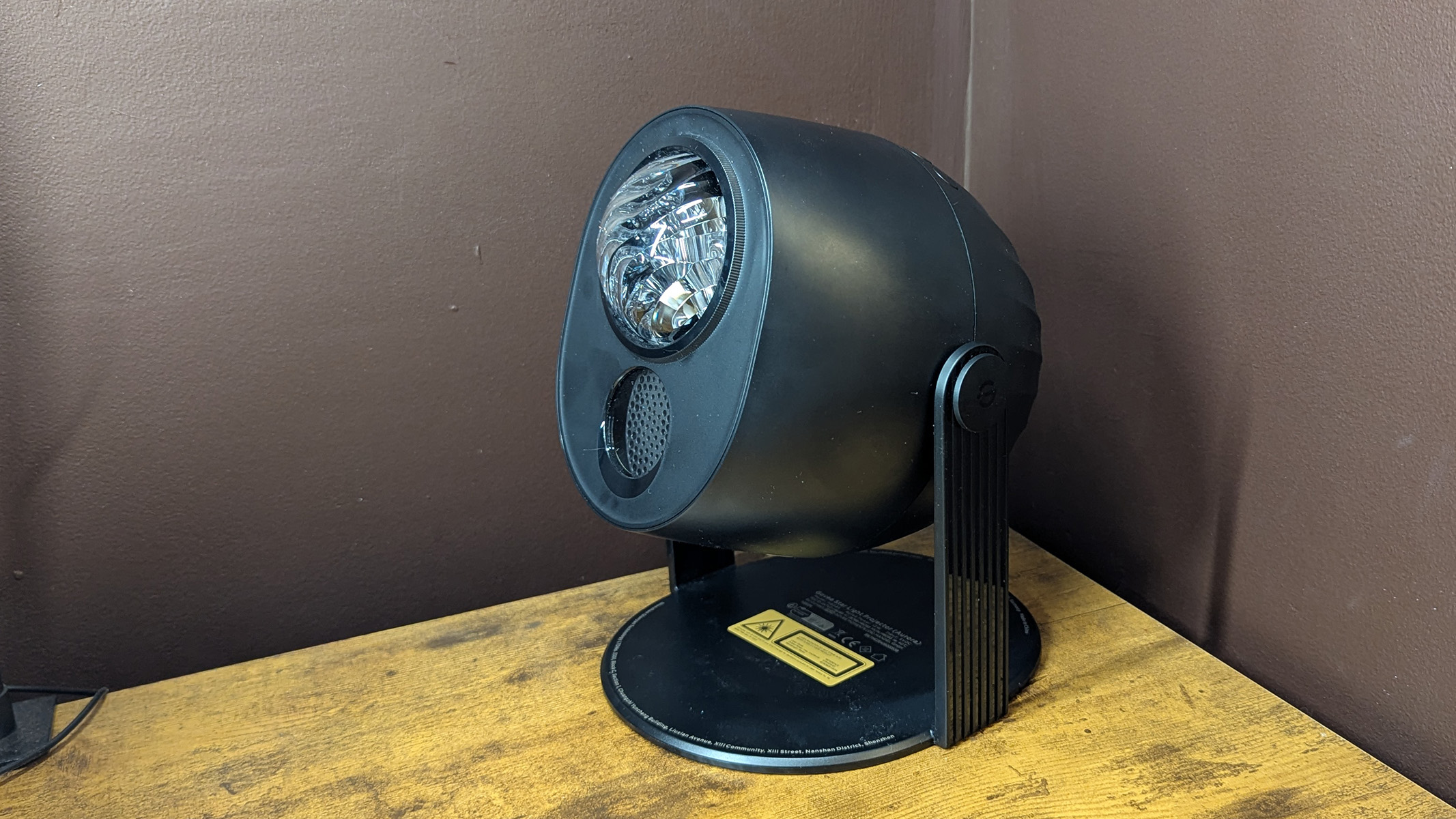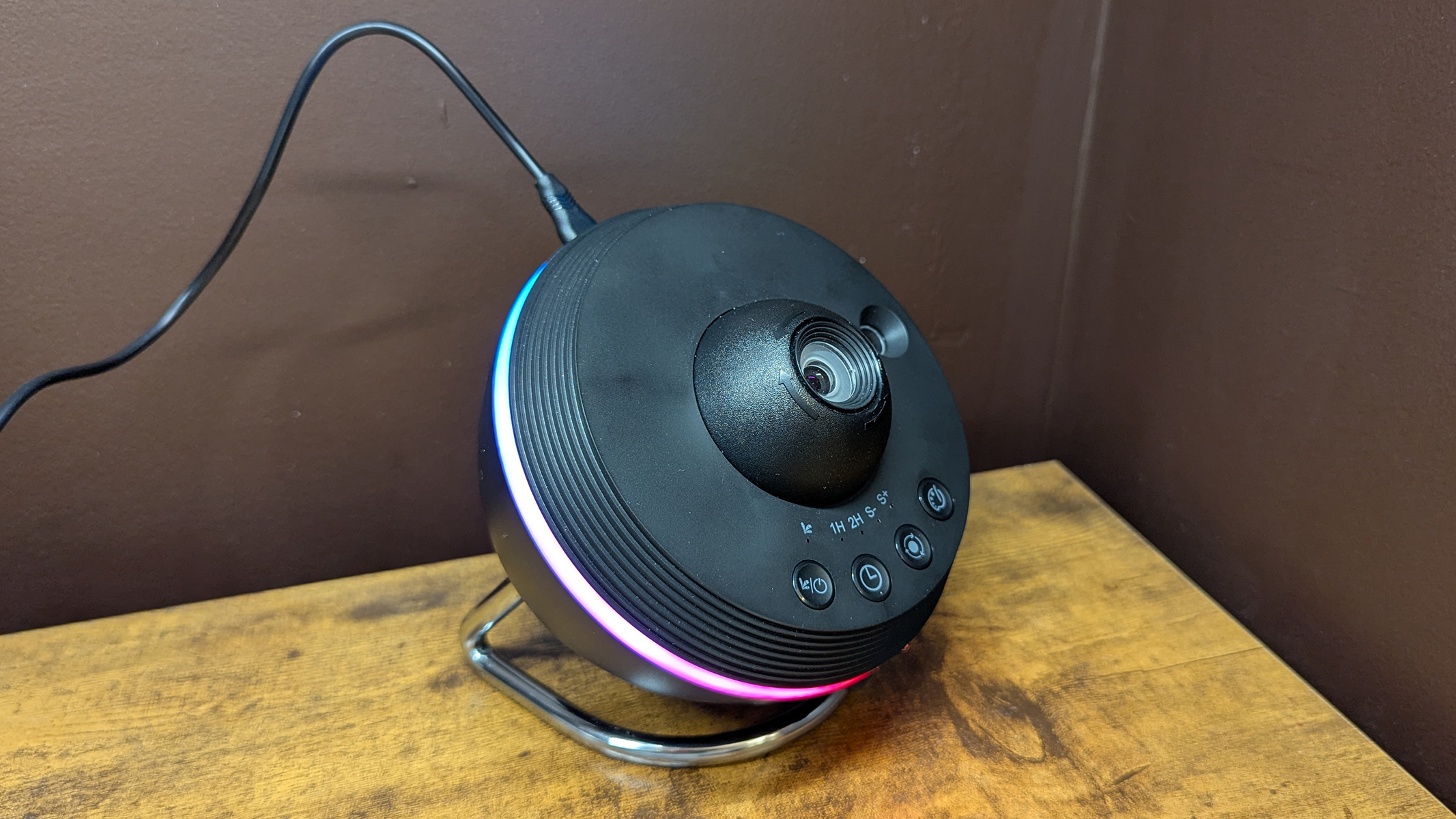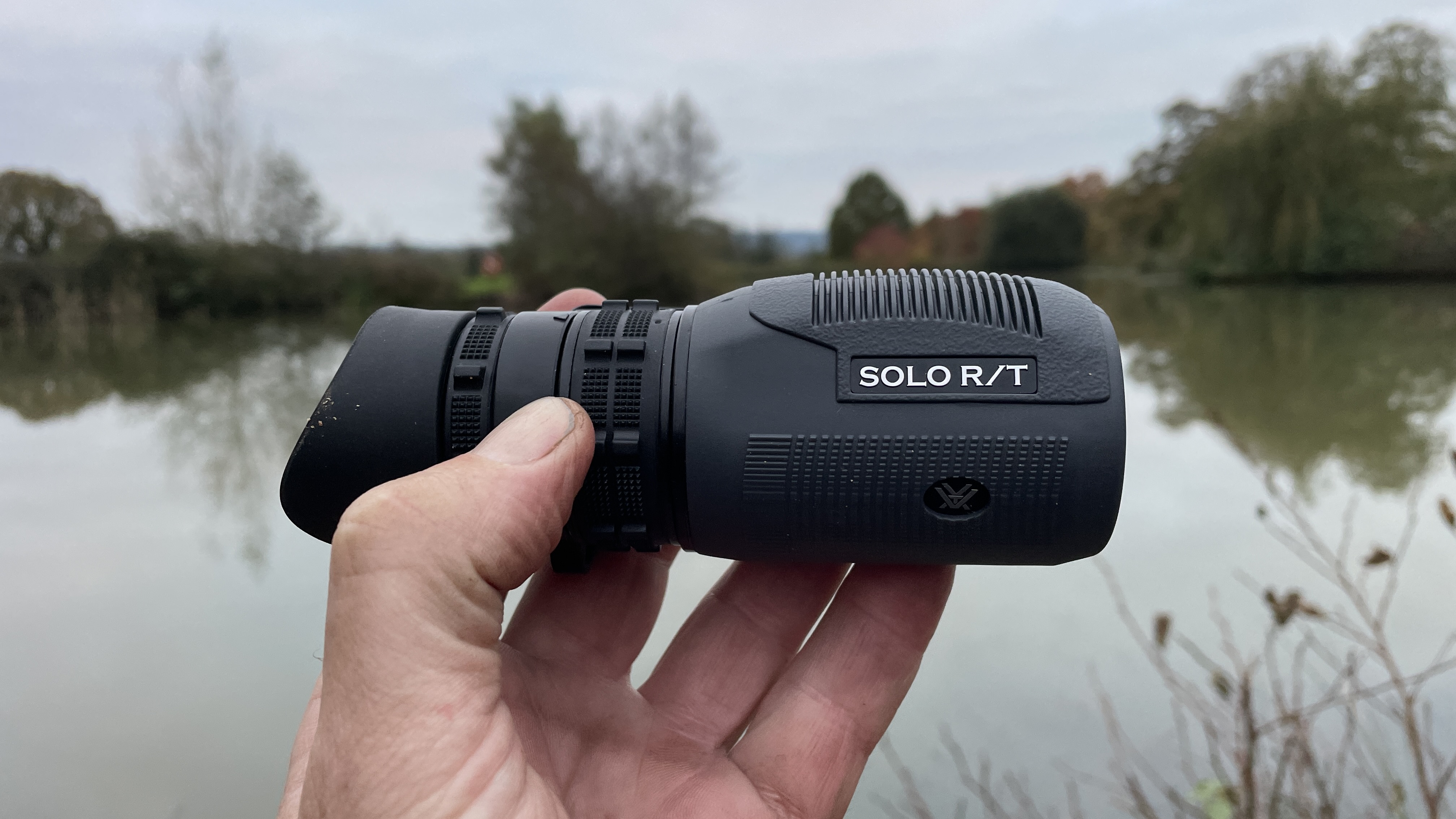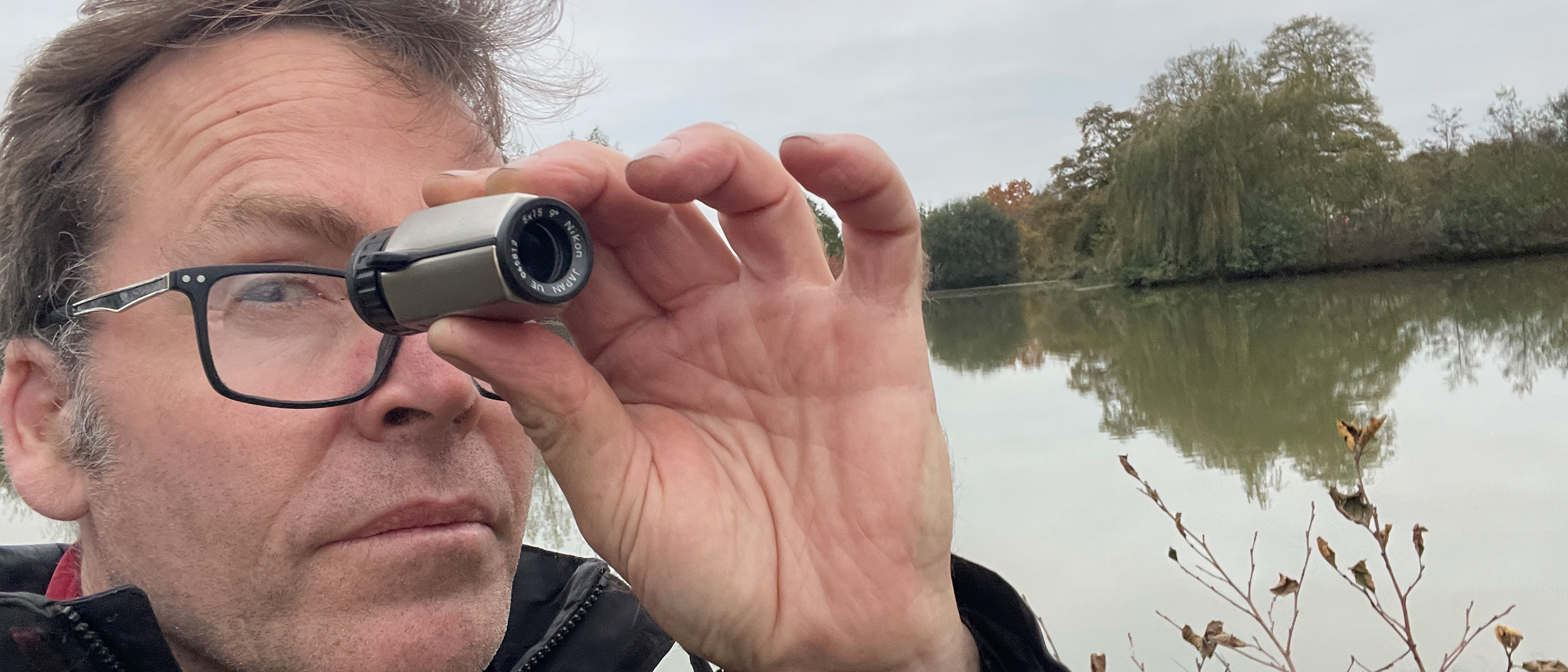Space Verdict
Nikon Prostaff P3 binoculars are slender and lightweight thanks to their roof prism design. This makes it ideal for beginners and hobbyists who need a 'go-anywhere' binocular, or for those that want a lighter binocular around their neck. While it's inexpensive Nikon have cut no corners in the optics department, though they're not astro-specialists.
Pros
- +
Excellent optics for the price
- +
Roof prism construction is easy to transport
- +
Premium feel in the hand
Cons
- -
Neckstrap isn't the best
- -
Lens caps could be better
Why you can trust Space.com
There's a lot to love about the Nikon Prostaff P3 binoculars. Here, we've reviewed the 8x42 models as they give 8x magnification with larger 42mm objective lenses that are best suited to stargazing but three other models exist in the line-up: 8x30; 10x30 and 10x42 versions. Each slightly more expensive as you go up in magnification and objective lens size but they are incremental differences.
Design: Roof prism
Exit pupil: 3mm
Eye relief: 20.2mm
Weight: 465g
Dimensions: 125 x 130 x 52mm
Magnification: 10x and 8x
Objective lenses: 42mm and 30mm
Durability: Fog-proof and waterproof
The Prostaff P3s are a roof prism design binocular and as a result, are slim in shape. They're also light at just over 1 lb (465g) and can easily fit underneath a zipped-up overcoat should the rain start to fall. They feel pretty durable in the hand as well, a stiff hinge prevents them from slipping apart when hiking and a smooth focus wheel is simple to operate even with thick gloves on. The resin chassis is enveloped in a rubberized armor to prevent damage from knocks and scrapes.
The optics in the Prostaff P3 8x42's are fantastic, especially considering how they're priced. That's why we feature them in our Best binoculars 2025 guide. They take a lot of cues from the Nikon Monarch HG 10x42 which we reviewed and have some premium-feeling aspects but there are some compromises and considerations to make if top quality is your proviso. Sitting under the P7 binocular line, Nikon have placed the P3 line directly in line with beginner-level observing, so with that in mind let's take a look at how they perform.
Nikon Prostaff P3 8x42: Design
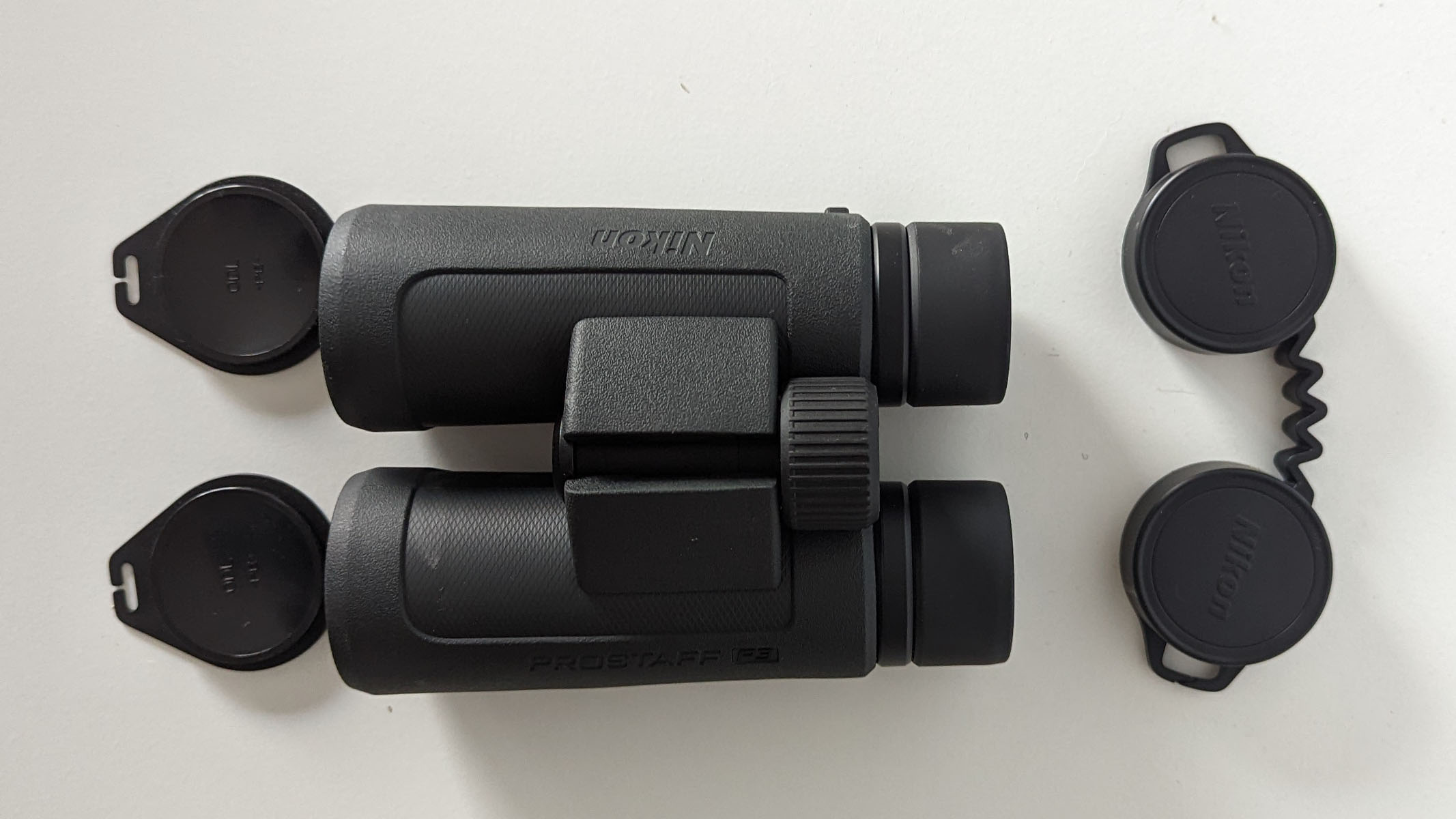
- Waterproof down to one meter
- Fogproof thanks to Nitrogen-purging
- Adjustable eyecups feel premium
When we use a pair of binoculars we always hope for one thing at the very least: good optical clarity. The key to a binocular is to give sharp, clear views of subjects and luckily for us, Nikon has decided that putting all that technology, expertise and experience (and money) into the optics was a good call for the Prostaff P3 binoculars.
Of course, we are reviewing the 8x42 versions but the construction and finish is largely identical for all four versions in the P3 series. A multilayer coating dons the lenses to reduce flare and ghosting and inside the binoculars, the prism is coated with a silver-alloy keeping views bright — great for low light observation.
The premium feel extends to the adjustable, twist-up eyecups which give a satisfying click as they're turned and have a generous maximum eye relief of 20.2mm suitable for most eyeglasses wearers. We were impressed with the eyepieces as they felt reminiscent of the much more expensive Nikon Monarch HG binoculars.
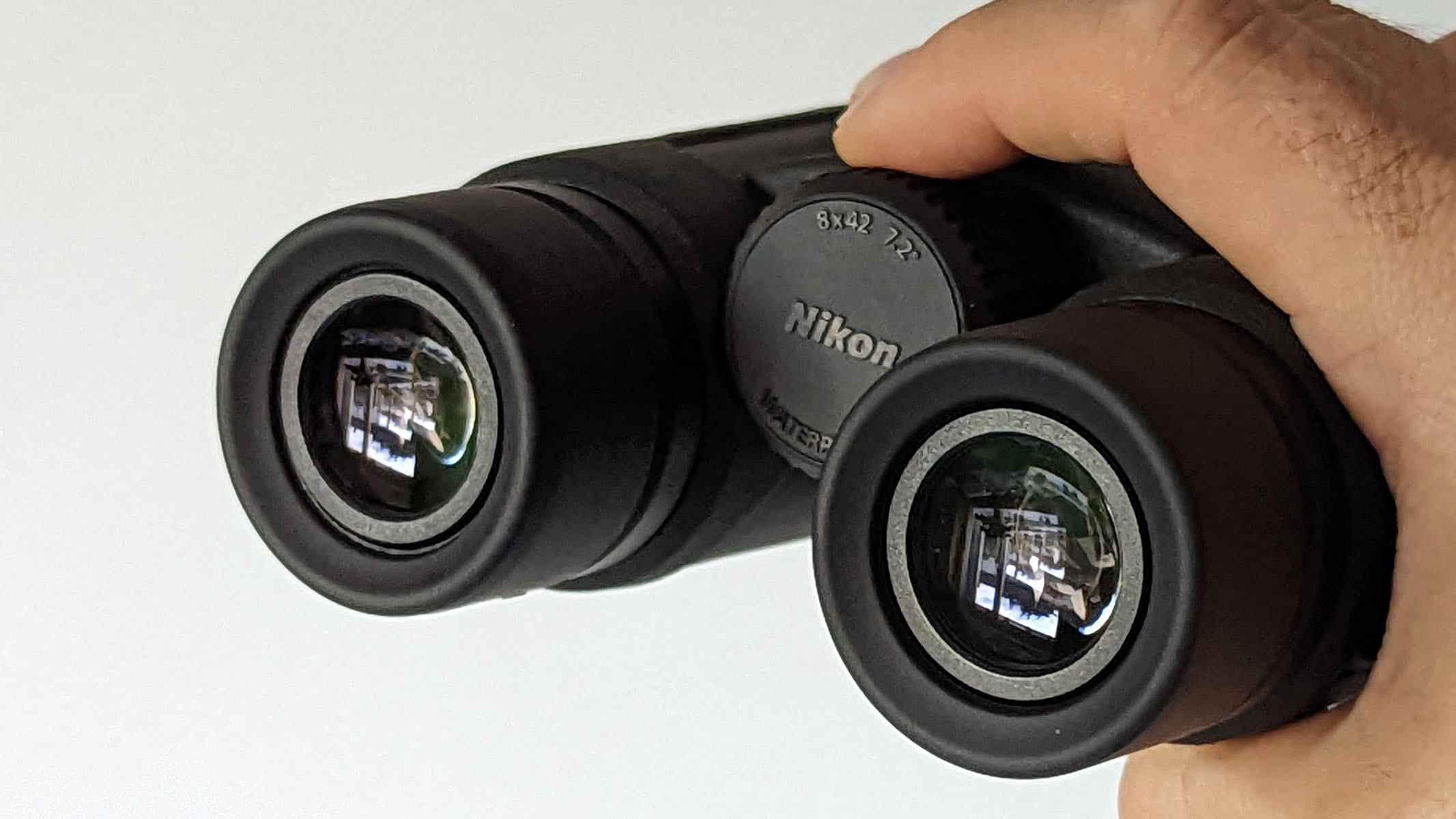
Though of course, there are some things that set these binoculars apart from the more expensive models. Namely, the objective lens caps which have a loose fit and occasionally drop off. We'd have liked to see them hold a little more tightly onto the end of the binos. But again, where it counts the binoculars perform. They're waterproof down to one meter and can be held there for up to ten minutes (ideal for fishing out a stream if dropped). Thanks to their Nitrogen-purging they're also fogproof, so moving between cold and warm temperatures won't cause fogging on the lenses.
Nikon Prostaff P3 8x42: Performance
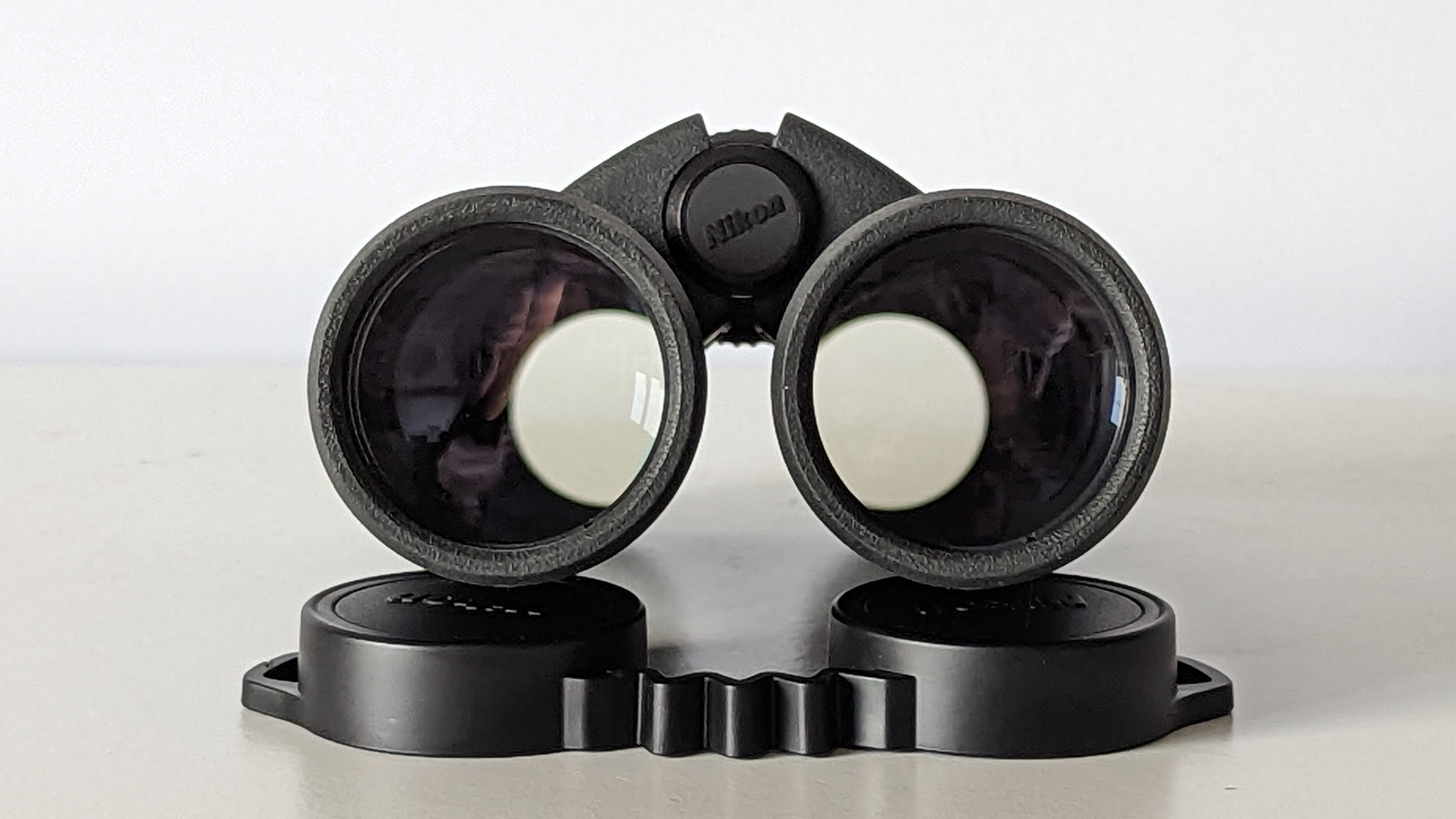
- Sharp and bright views
- Ready to go after a quick initial setup
- Disappointing eyepiece lens caps
We couldn't ask for much more from a pair of entry-level binoculars from Nikon. Excellent quality in the optics is what we'd hope for. The binoculars use the superior BAK-4 glass but they are also reported by Nikon to be 'better for the environment' because they're made from lead and arsenic-free glass.
Having dialled in the focusing and corrected the diopter ring, we were all set. In and out of the bag, in inclement weather or during dry spells the Nikon Prostaff P3 8x42 binoculars kept up with us wherever we went. Bright, crisp views were welcomed and despite some minor softening around the edge of the image circle it was hard to fault the views. There was a little color fringing around high contrast edges (like dark trees set against a bright sky) but this wasn't noticeable at night viewing the stars and they actually feature the lowest chromatic aberration of any similarly-priced binoculars we've tested.

The binoculars performed well under all conditions and there was only one area where the low price was noticeable: the eyepiece caps. They feel as though they're made of a rigid, less flexible plastic and so fell off a few times during use. A little adjustment to their size and we doubt we'd have encountered a problem. Nevertheless, it's worth mentioning because we ended up taking them off and leaving them in the car while we went hiking to avoid losing them.
Nikon Prostaff P3 8x42: Functionality
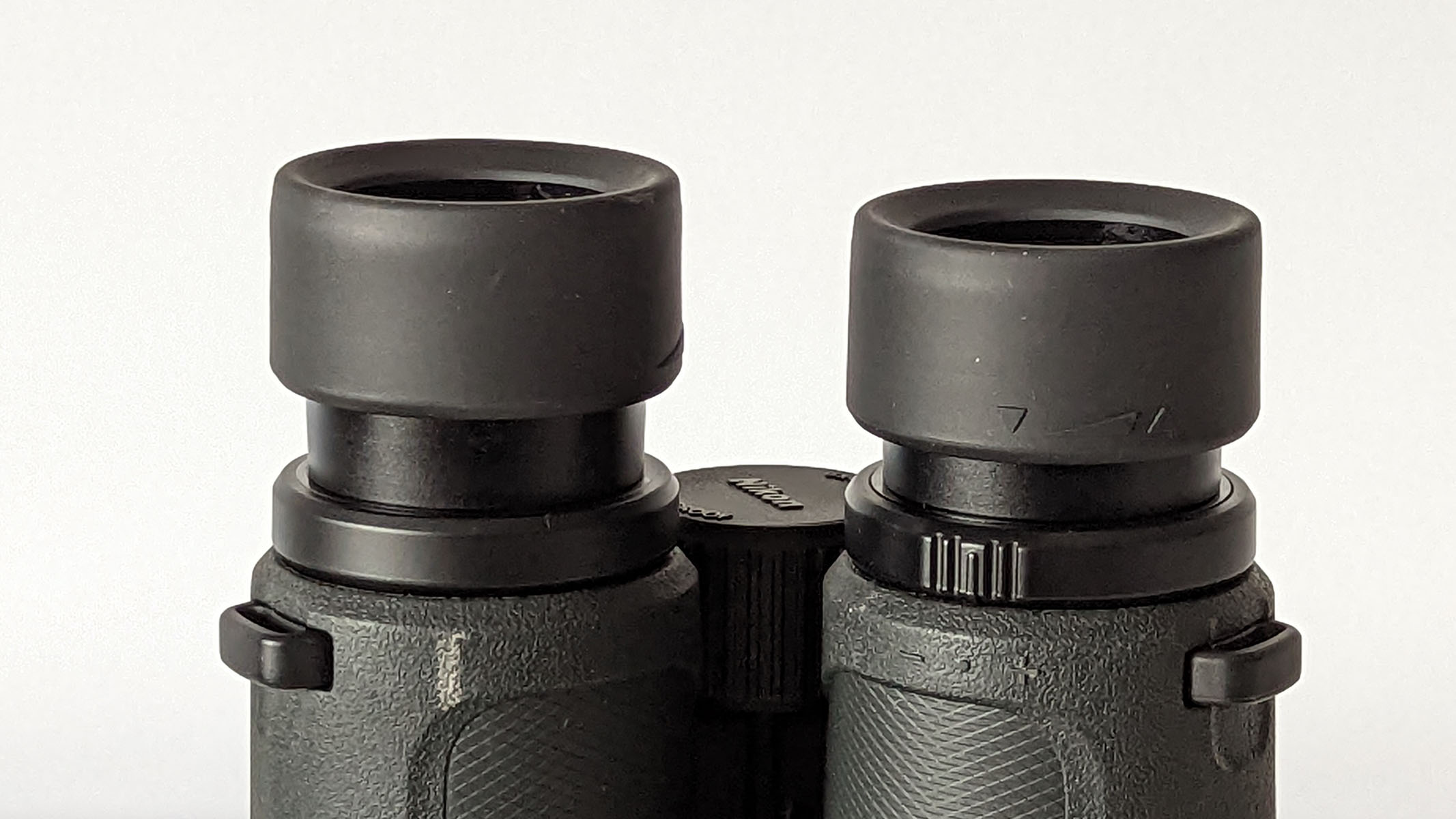
- Solid polycarbonate fiberglass-reinforced body
- Rubber armoring is soft to touch
- Waterproofness makes them ideal to use in pouring rain
The Nikon Prostaff P3 8x42 binoculars function well in the field, ideal for hiking, birding, sports and events viewing as well as star gazing. They're constructed of a strong polycarbonate resin plastic which by itself is strong but has been reinforced by fiberglass for additional robustness. Through the textured rubber coating they feel as if made from a solid metal underneath so users will find them comfortable to carry.
For those that like a little give to their binocular covers the Prostaff P3 actually has a softening around the grip points where we can actually feel the armoring give way under thumb and finger. This makes them very comfortable to use but we hope that over prolonged use (months and years) this doesn't get any softer because it may detract from the hand feel.
The P3 binoculars are sealed front to back and so immersing them in water up to a meter (3.3ft) deep will give you no problems for up to ten minutes. Observing with them in torrential rain storms then, is like water off a duck's back for these binos.
One thing that would improve their functionality is to introduce the same locking diopter mechanism as seen in the higher-up P7 and Monarch HG lines. It's a beautiful touch that keeps the diopter from being knocked when transported, but for the price it's easy enough just to readjust the diopter ring and save the money.
Should you buy the Nikon Prostaff P3 8x42 binoculars?
Nikon has produced a very capable binocular and have clearly spent much of their time and attention (and budget) on mastering the optics in this entry-level pair. They're comfortable to use and sturdy to boot. For the price, they're ideal as a pair for hikers, birders, skywatchers or anyone that wants a decent pair of roof prism binoculars to take with them wherever they go. We'd recommend them to anyone looking for a good pair, but be aware that with that slightly lower price comes some minor shortcomings like loose lens caps and a rather thin neckstrap.
If the Nikon Prostaff P3 8x42 binoculars aren't for you
Take a step up from the Prostaff P3s and opt instead for the Nikon Prostaff P7 line of binoculars if a slightly more premium touch is your thing. Improved build and handling are paired with a locked diopter ring for robust viewing.
However, if you want to get extremely steady views we'd recommend the Canon 10x42L IS WP binoculars which we reviewed because of their image stabilization. Steadying the view and providing excellent optical clarity at the same time, they're our favorites in our round-up of the best binoculars.
Join our Space Forums to keep talking space on the latest missions, night sky and more! And if you have a news tip, correction or comment, let us know at: community@space.com.
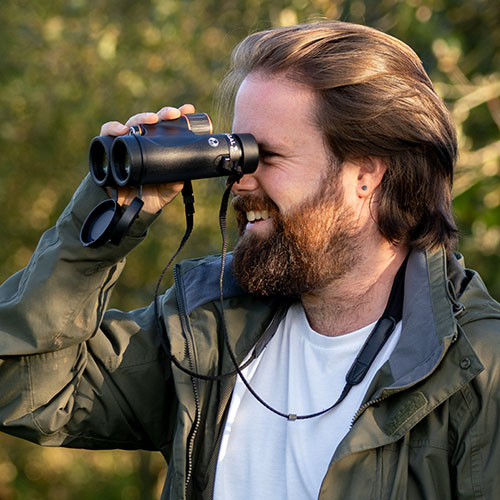
Jase Parnell-Brookes is the Managing Editor for e-commerce for Space and Live Science. Previously the Channel Editor for Cameras and Skywatching at Space, Jase has been an editor and contributing expert across a wide range of publications since 2010. Based in the UK, they are also an award-winning photographer and educator winning the Gold Prize award in the Nikon Photo Contest 2018/19 and named Digital Photographer of the Year in 2014. After completing their Masters degree in 2011 and qualifying as a teacher in 2012, Jase has spent the last two decades studying and working in photography and publishing in multiple areas, and specializes in low light optics and camera systems.

